Nature reports
File: Birdmigration
Page 1 of 2 - 15 Results
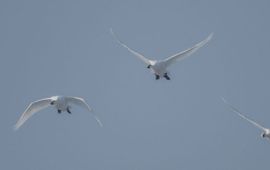
As climate change drives earlier spring conditions in the Arctic, birds species that travel there to breed are under pressure to migrate faster. Despite their remarkable ability to adapt, researchers warn that speeding up spring..

Ringing of wild birds has become indispensable as a research method to track individual birds. Since 1911, some 16 million birds have been fitted with a metal ring in the Netherlands. What has that brought in terms of knowledge,..
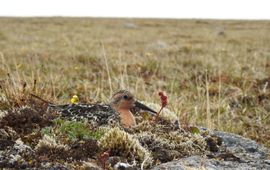
Many animal species become smaller or larger in recent decades, with climate change often mentioned as a cause. Red knots, shorebirds travelling ten thousand kilometers every year between breeding grounds in Arctic Russia and..
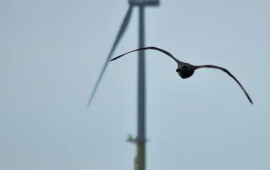
Scientists have been studying how birds move and migrate for hundreds of years. Recently, understanding this complex phenomenon has become much more important because countries are building thousands of wind turbines in and around..
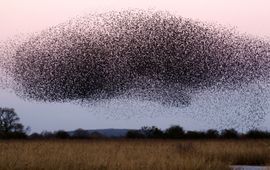
Young, naïve starlings are looking for their wintering grounds independently of experienced conspecifics. By revisiting a classic ‘displacement’ experiment and by adding new data, a team of researchers at the Netherlands Institute..
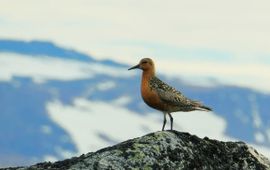
Climate change may speed up the emergence of insects in northern countries at the end of winter. This may cause breeding birds, migrating from the south, to come too late to benefit from the insect peak if they do not adjust their..

Changing climate may slowly erode the difference between two subspecies of bar-tailed godwits. That warning is voiced by bird researchers from the Royal Netherlands Institute for Sea Research (NIOZ) and the University of Amsterdam..
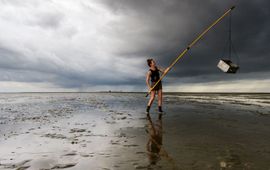
Contrary to the population trends for many shorebirds, sanderlings have been doing relatively well in the Wadden Sea for the past years. The key to that success lies in the timing of these little birds' main food: shrimp on the..

Bewick’s swans fly less far during their autumn migration when the weather is warm. Climate change has therefore led to a shift in their common wintering areas. Now, for the first time, bird researchers have been able to pinpoint..
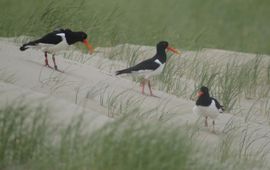
Tens of thousands of animals around the world are monitored using GPS trackers to protect wildlife and study animal behaviour. The collected data are also useful for biodiversity research, but are seldom available on platforms..
